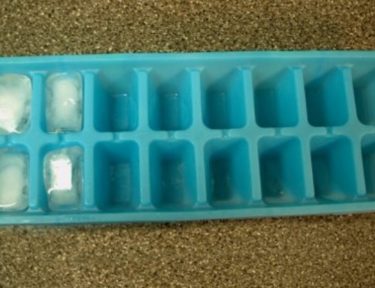Why Americans Refrigerate Their Milk Even Though Much of the World Doesn’t
When you get home from the grocery store, the first thing you probably do is take in all of your groceries from your car and put all of them away. One by one, you take them from their bags and put them in their designated spots. Let’s see…the cereal goes in the pantry, milk goes in the fridge…
Hold it right there. Ever wonder why milk goes in the fridge? You probably don’t think too much about it, because that’s just the standard protocol in America. It’s engrained in our minds that if milk stays out in room temperature for too long, it can spoil.
However, did you know that in other countries, milk isn’t ever refrigerated? That might be why you see milk in jugs sitting out on the shelf if you’re visiting another country.
But what’s the reason for the difference in milk storage, and how come in other countries, the milk doesn’t go bad if it’s stored in a room temperature environment?
It turns out that America and other countries use a much different pasteurization process, and it makes all the difference in how long milk can be left out.
HTST for Americans
Here in America (as well as in Canada), milk manufacturers commonly use something called high-temperature short-time pasteurization (HTST). HTST uses metal plates and hot water to raise milk temperatures to at least 161° F for up to 15 seconds, followed by rapid cooling.
It’s a method of pasteurization that allows for the kills most of the bacteria. The key phrase here is “most of” the bacteria. The problem with this technique is that this causes the milk to expire in about 7-10 days as there will inevitably still be will some bacteria that can multiply the longer the milk is exposed to oxygen.
UHT for other countries
Other countries, like Europe, manufacturers use a totally different method. It’s called ultra-heat-treated pasteurization (UHT), and it kills virtually all bacteria in the milk. The process involves heating the milk using commercially sterile equipment “and filling it under aseptic conditions into hermetically sealed packaging,” according to the International Dairy Foods Association.
By using UHT, milk is considered shelf stable and does not need to be refrigerated until opened. That means the expiration would be more like six months unopened vs. a week.
You can learn more about the various milk pasteurization methods here!
Did you know that there were so many different ways to pasteurize milk, leading to different methods of storage?




